Developer/Publisher: Exordium Games || Overall: 7.0/10
Click here for the Bear With Me: Episode One review.
Approximately five months ago, the first episode of Bear With Me was released. Setting the foundation with an interesting cast of characters and an intriguing storyline, Amber and Ted E. Bear sought out to solve the mystery of Amber’s missing brother by venturing into Paper City. Like Amber’s House, Paper City is similarly full of interesting characters with a smattering of unique locales; however, it turns out to not be as “intimate” as the previous entry, and by the time you’re done with Episode 2 you’ll feel a bit bewildered as to what did and didn’t happen.
As stated earlier, Episode 2 is not as “intimate” as the previous entry. Despite meeting a lot of characters, you’ll only see most of them one time and never need to again once they’ve served their purpose. The same goes for the varied locales, and while it is exciting to visit a lot of different places trying to solve a mystery, the charm of venturing through a child’s house is somehow lost when entering a city constructed in her attic. Paper City is for all intents and purposes an actual city, and suspension of disbelief is amped up to its extreme. It wasn’t as cumbersome to visit different parts of the city due to a world map mechanic introduced with Episode 2, but perhaps part of the charm of the first episode came with being forced to walk to different parts of the house and not allowing the narrative to feel like it is getting broken up.
This leads into the length of the game — I would guess that they are approximately the same in game time, but depends on how well you are able to grasp the puzzle solving. I spent a lot of extra time in the first fucking around trying to figure out several puzzles I hit a roadblock on, whereas this one had maybe half of the amount of puzzles in general, but almost every other puzzle became a severe issue for me. The pacing of the story wasn’t bad, but it feels like there was a missing act here, and there was little to no interaction with the main antagonist of the story. Other villain-types make a quick face turn with practically no catalyst, simply just “changing their minds” with no input from the characters themselves. There also doesn’t seem to be any impetus to explore consequences to decisions you make in the first episode or the second for that matter.
The quality of the voice acting and art is kept up, which is a big plus. While Amber is still as stoic as ever, they at least have her animating a laugh a couple of times, which gave a little more liveliness to the character. The jokes have been reined in severely, and makes the game a lot more sincere and focused in its story-telling instead of making it all seem like a big joke. There are still jokes, but they are more tastefully placed as part of the narrative and a bit more “hidden” as it were. There are a few chuckles here and there. The jokes are a lot more in tune with the story and didn’t feel out of place, though there are a couple odd ones left in, such as a tiny Salt n Pepa “homage” (a ten year old is supposed to know and like them why?).
Unfortunately, it felt like there were not nearly as many items to click on. An important part of a point-and-click is the amount of things to actually click on and to get extra bits of story if you put the effort into it; the second episode simply lacked some of the detail the first had. The puzzles are also a lot more frustrating than in the previous episode, a lot of logical leaps that were hard to grasp, and there are still no hints available if you are on the right track but just didn’t go through a step. An example of an early puzzle was using a swiss army knife on a fishing pole to get the line which would then tie to a magnet — no explanation or hint as to why I can’t just use the fishing pole as is on the magnet; I just kept dragging the fishing pole to different elements of the puzzle and the game just kept telling me “no” with no help. I was definitely on the right track, but the game wouldn’t throw me a bone. This is the same issue I had with the last episode, and unfortunately they seemed to go further along the “strange logical leaps” route. Explaining it plainly the way I did may make sense for the puzzle, but when in-game there are little to no hints and it can be frustrating if you think you’ve already tried something but didn’t.
Episode 2 is essentially a different game completely from the first episode. There is no interoperability between the two, so the decisions you make in the first mean nothing. There are maybe one or two decisions you make in this game that can result in a different story point, but they also won’t matter down the line either and never have an effect on the ending. The episodes are treated as “DLC,” so while they are functionally different games, you’ll have to own at least the base game it seems, but since the games are not episodic and are meant to be a continuing series, there wouldn’t be much point in independently packaging them.
All in all, this episode feels very middling, no questions are really answered, and it simply feels like an extension of the introductory arc of the story. Nothing too conclusive happens, and we are left with less direction as to where the next episode will take us than we did at the end of the first episode. The story still holds my interest, so I remain optimistic that the next episode will pick up the slack left by the first two episodes.
Click here for the Bear With Me: Episode 3 review.




















































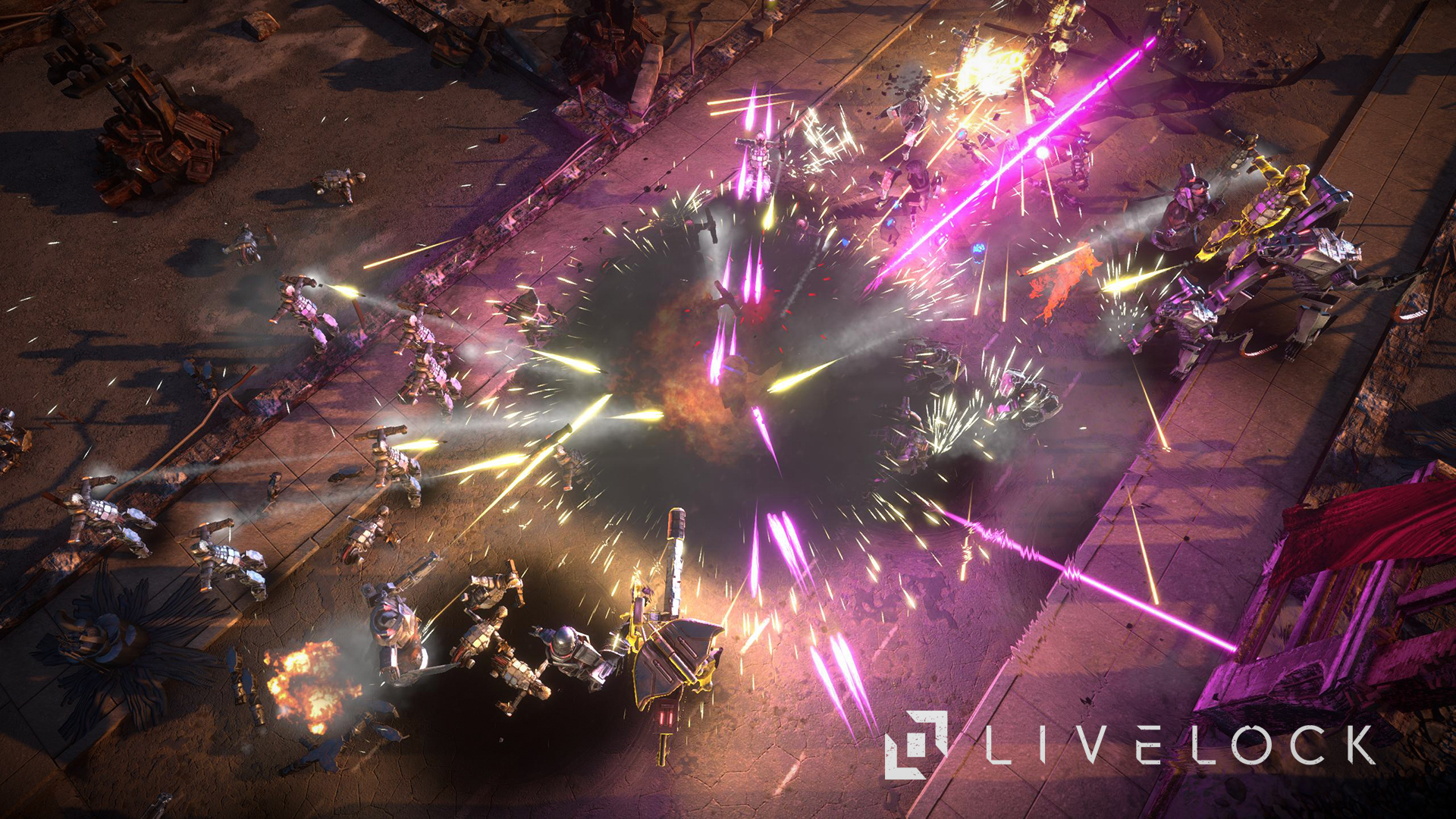

















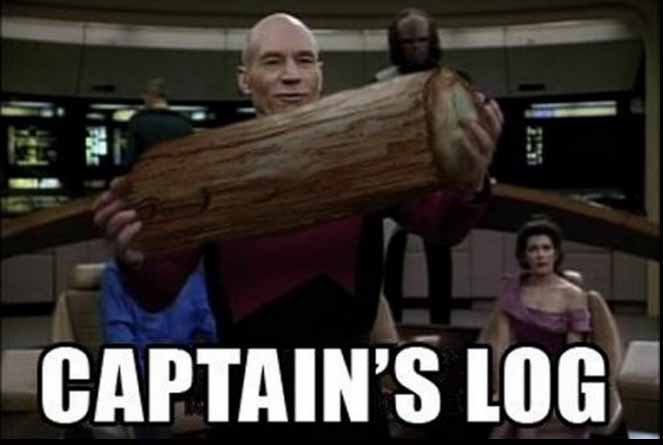
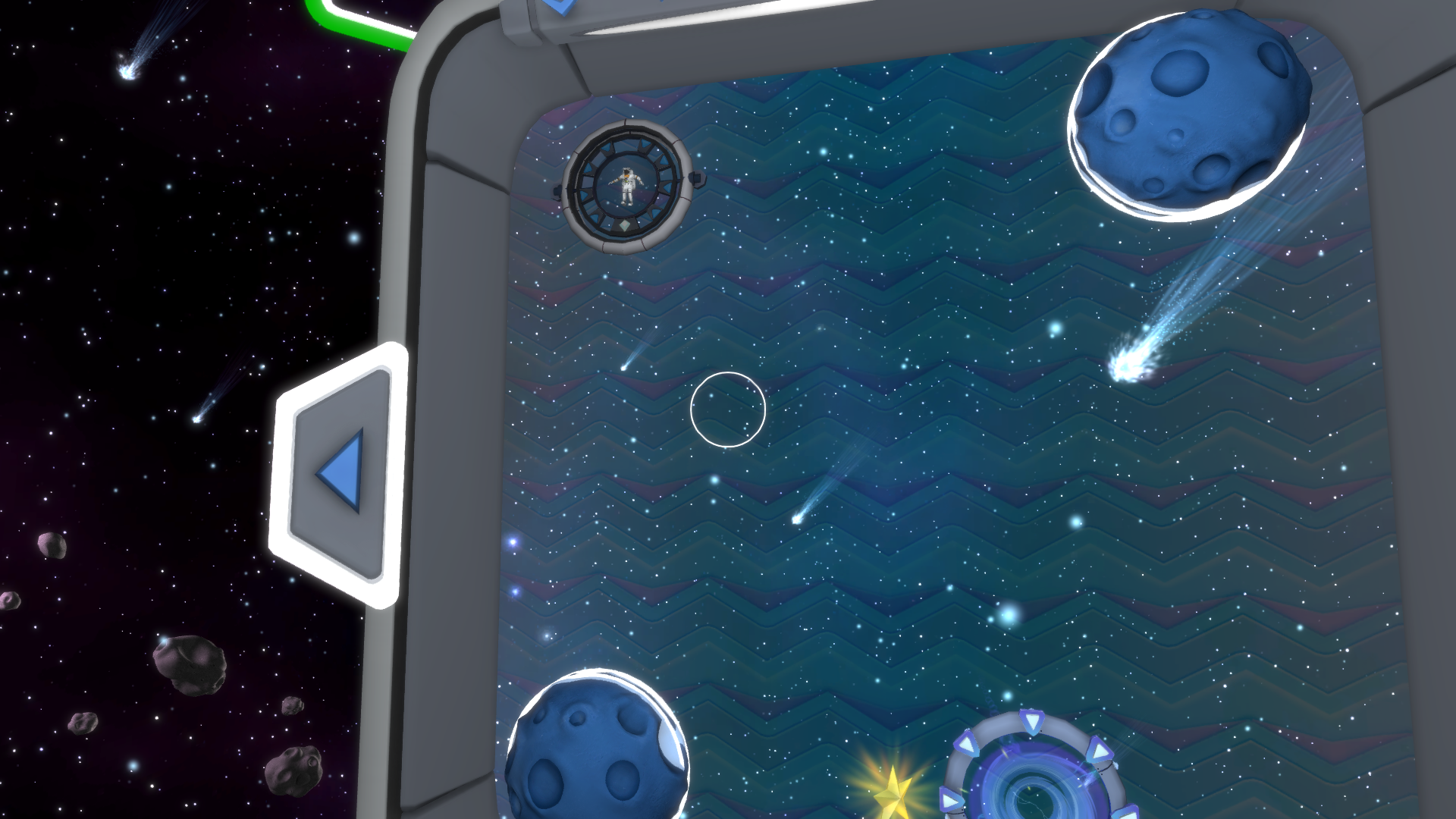
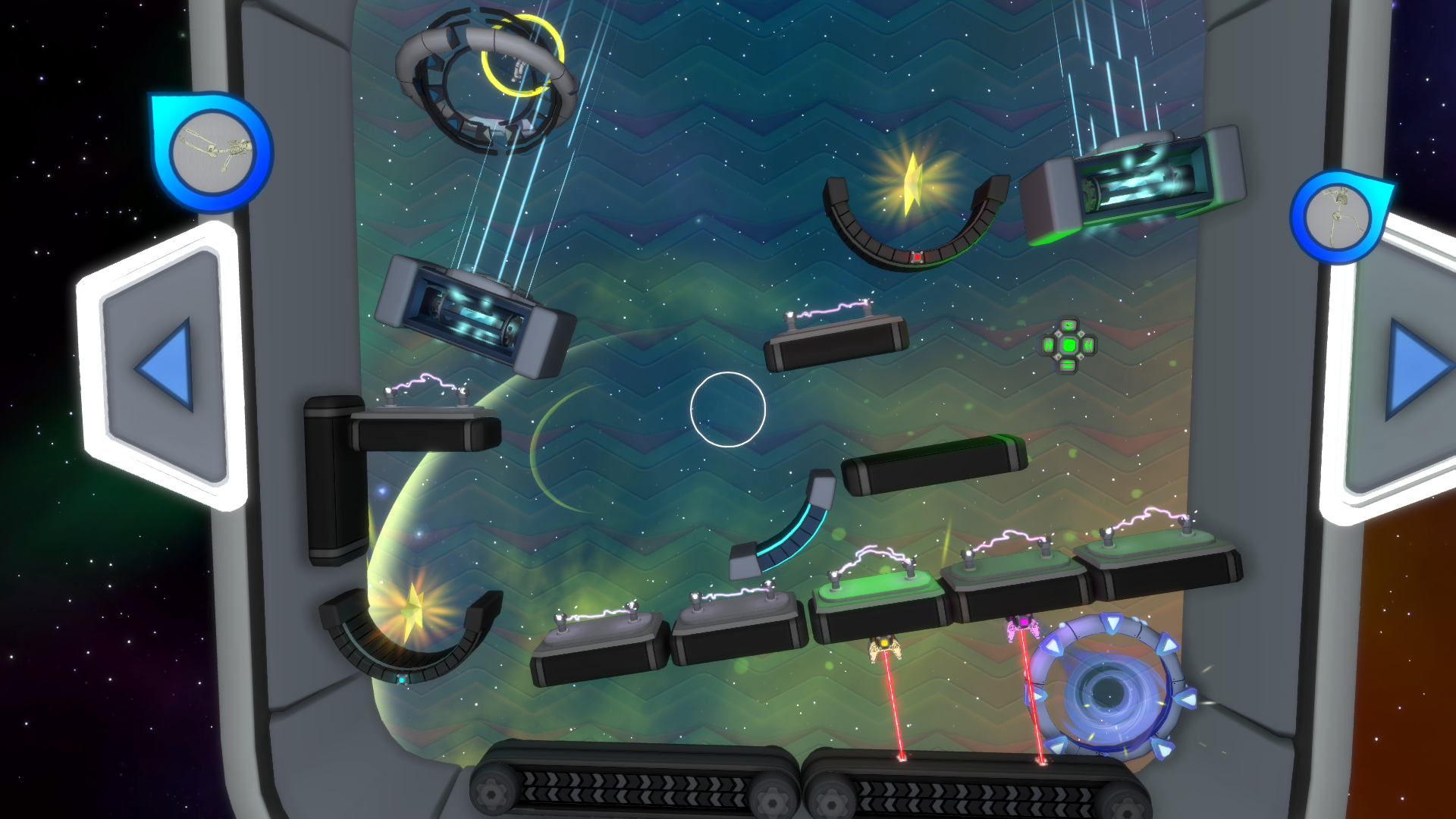













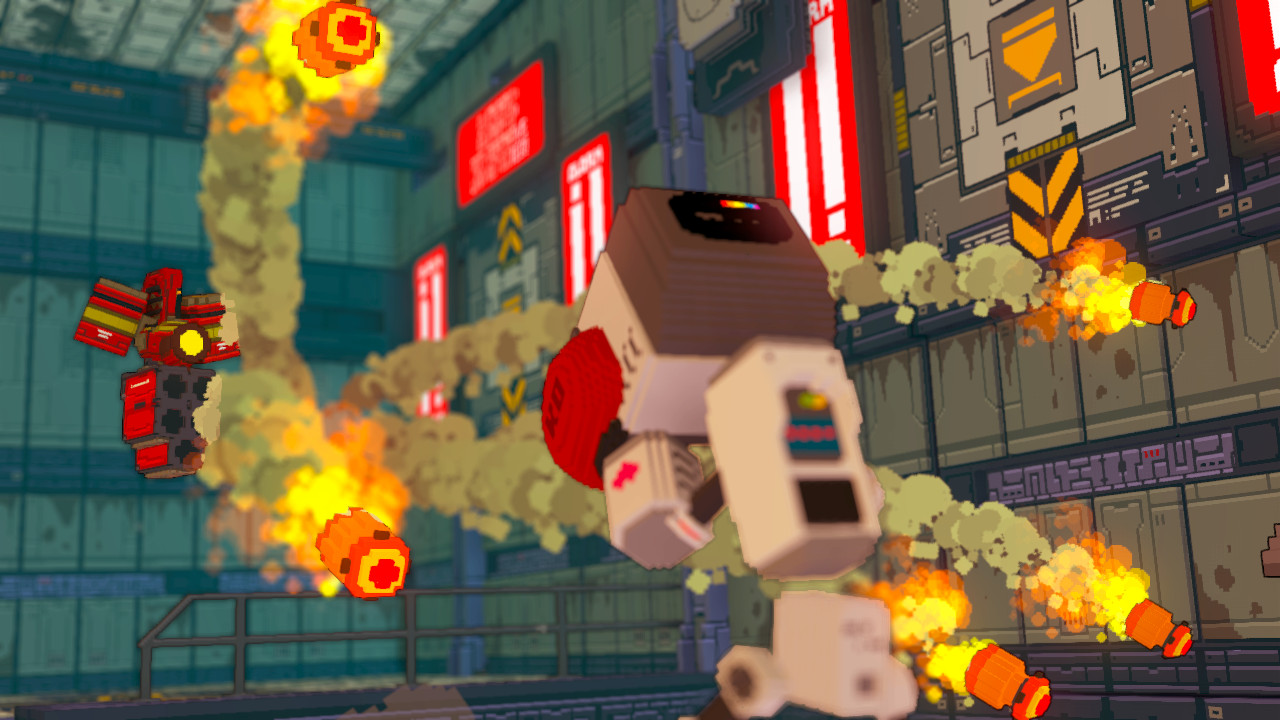
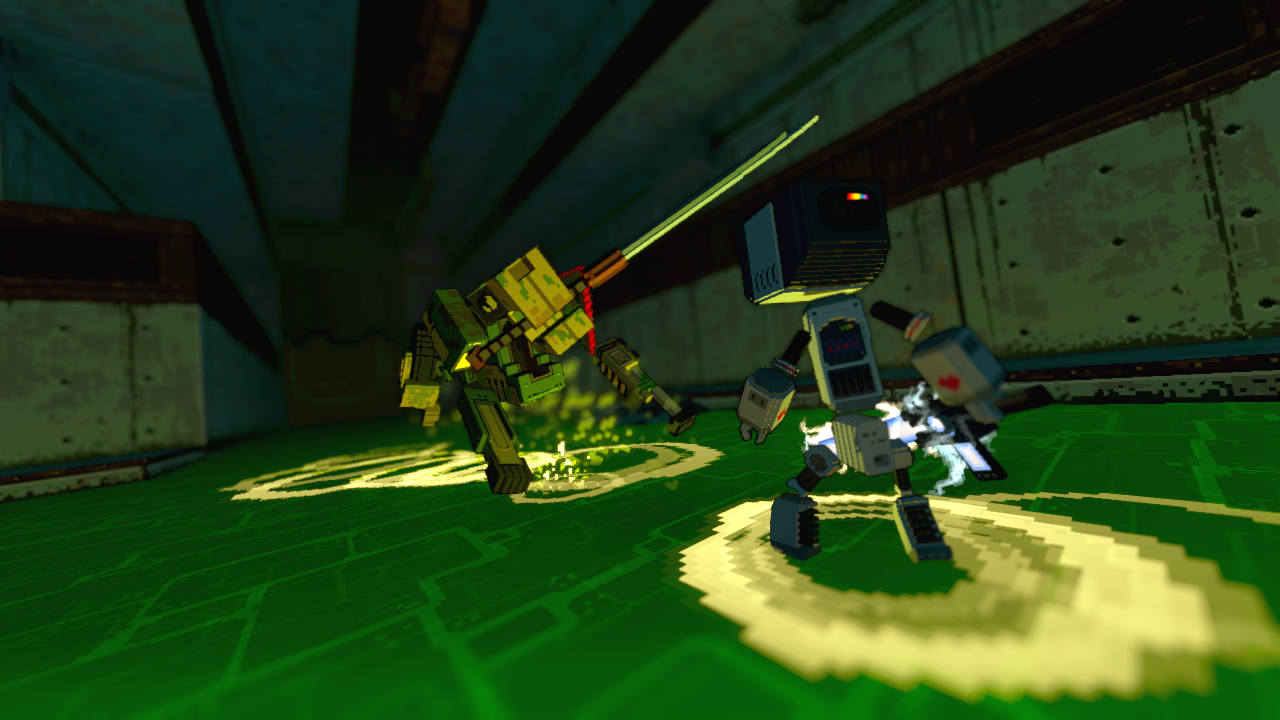































































































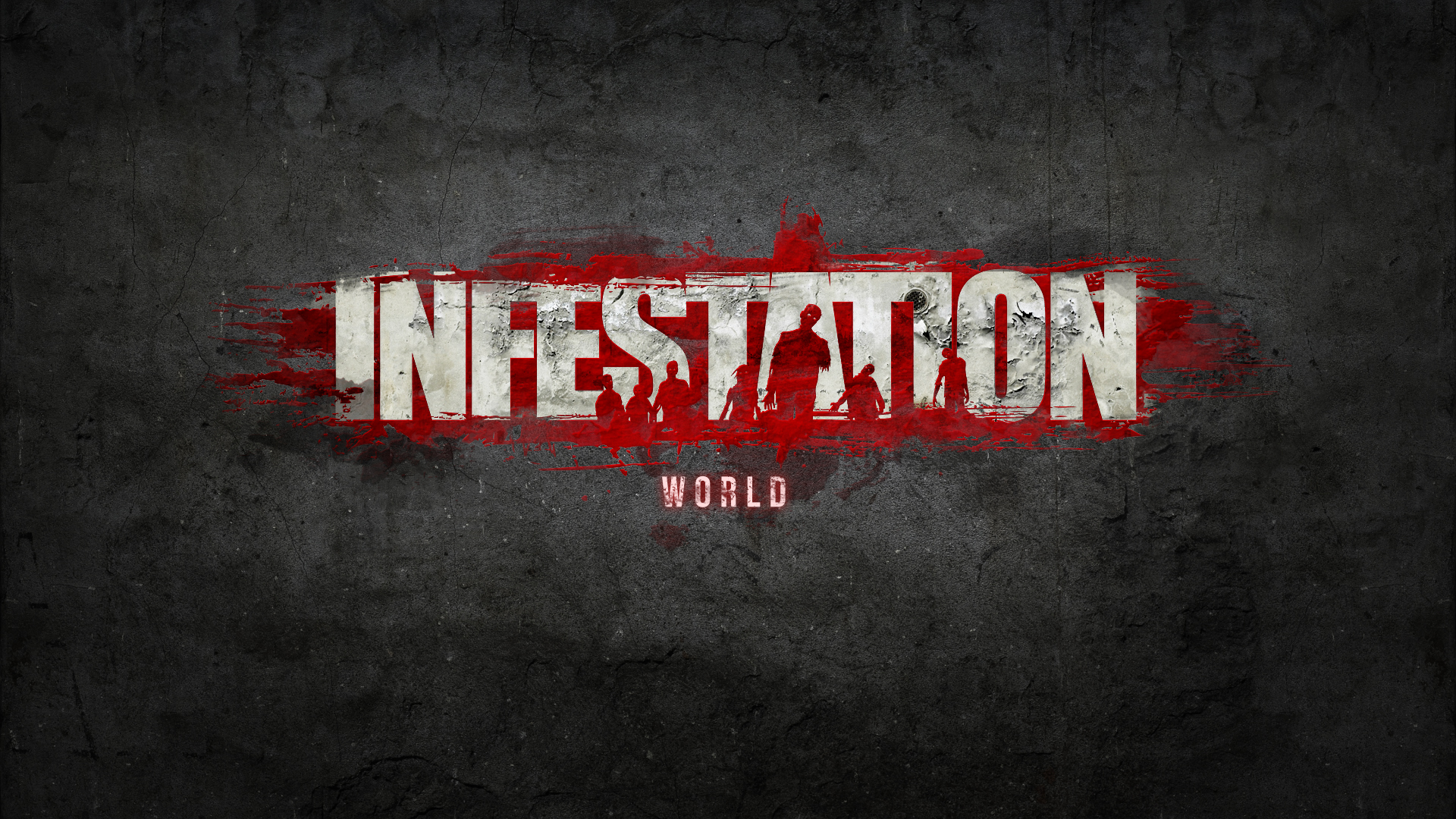
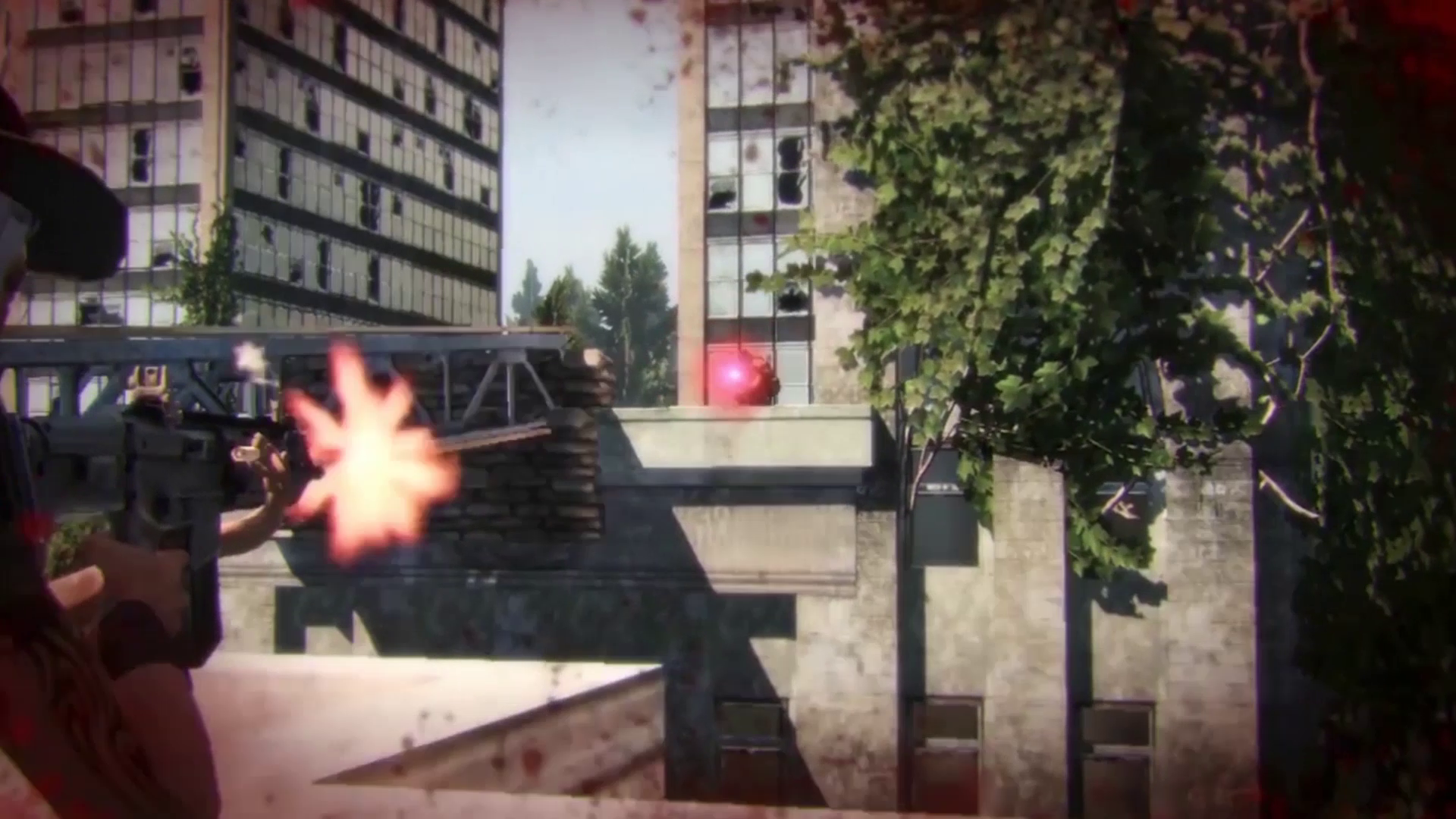 This is how social interaction works in Infestation World.
This is how social interaction works in Infestation World.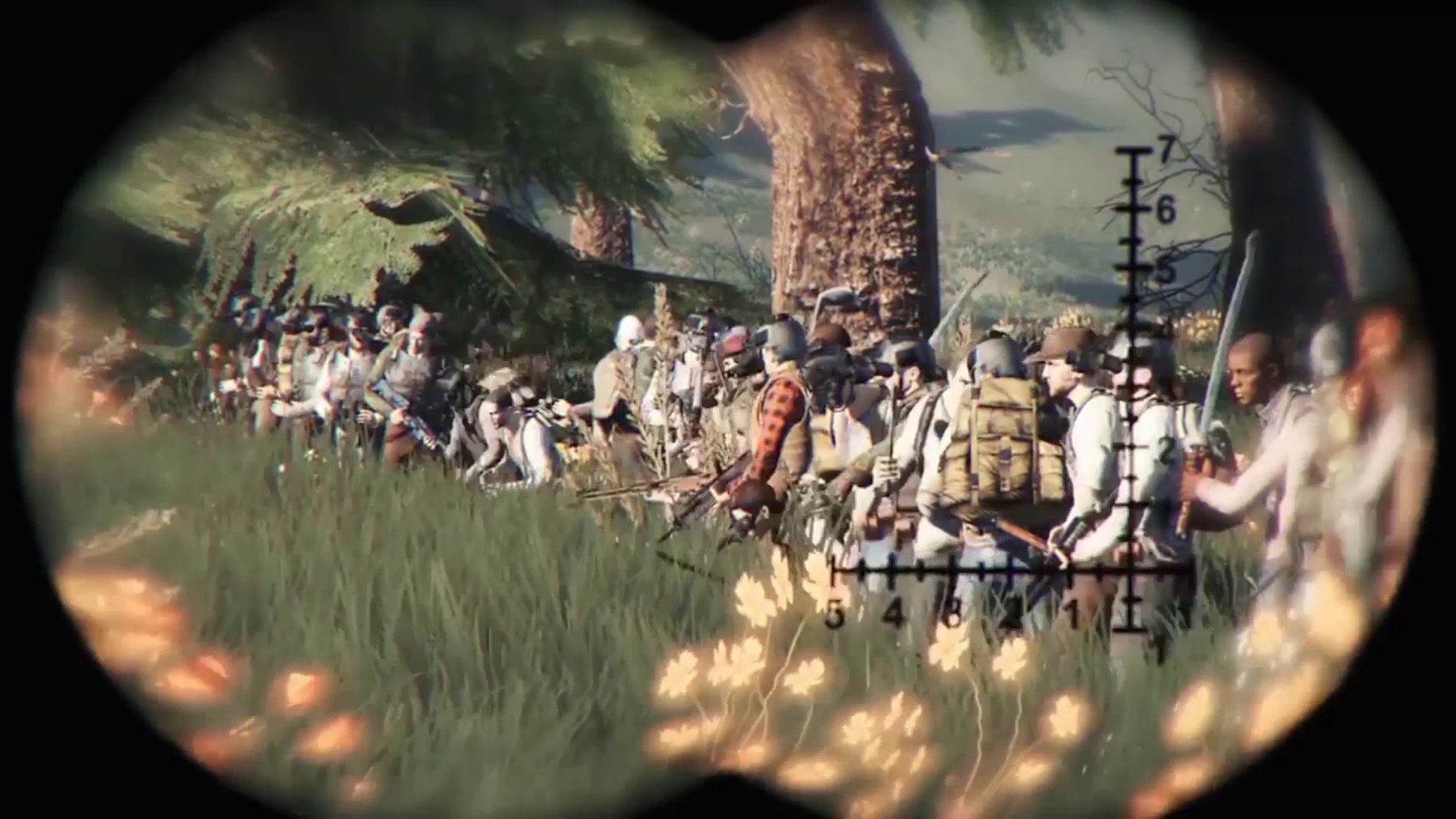 “Oh no! He talked about the games faults. Get him!”
“Oh no! He talked about the games faults. Get him!”













